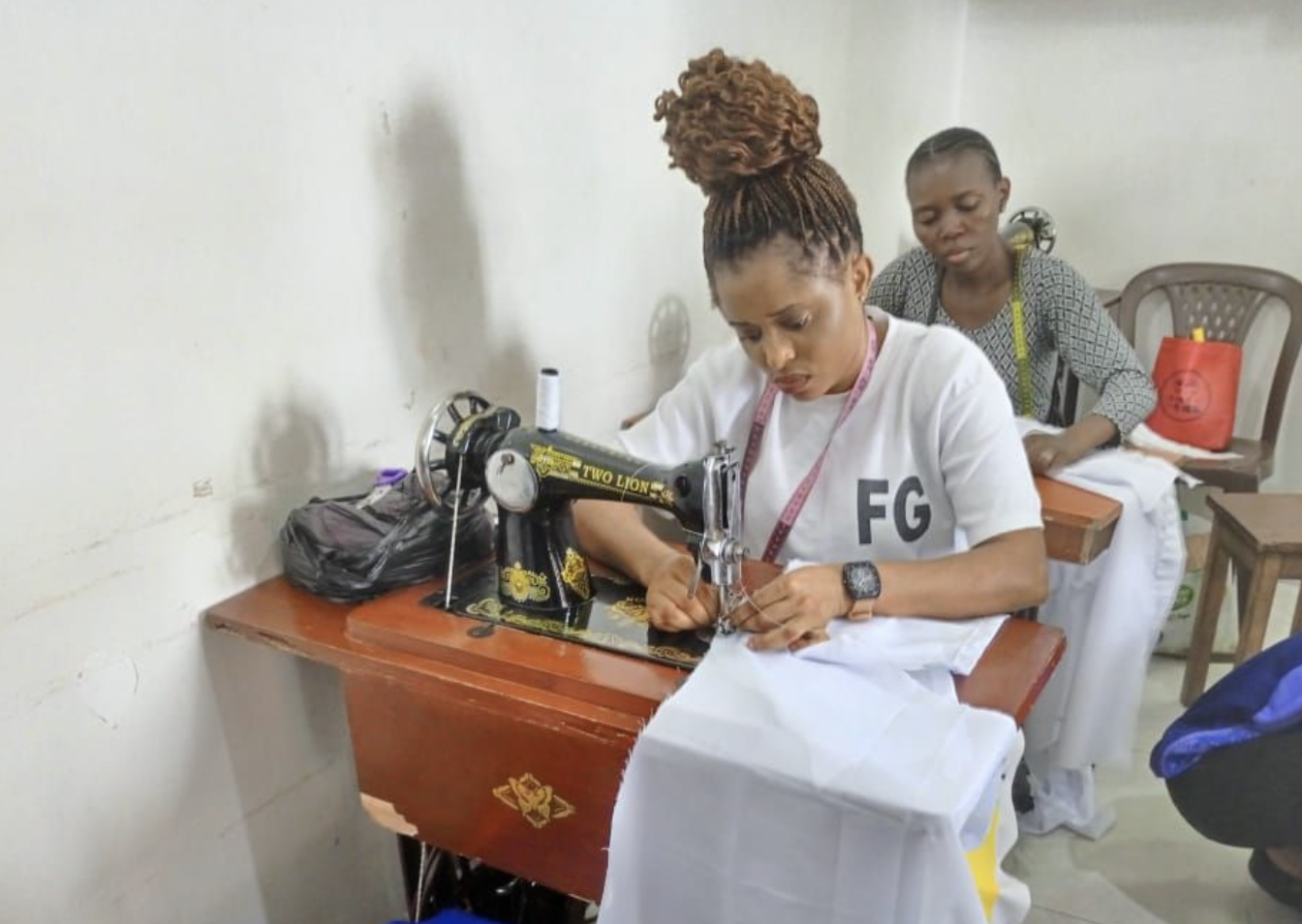Headlines everywhere make being a successful female in business sound like something exotic and extraordinary. Why, in 2021, is a woman reaching a high level of success and leadership still so surprising and noteworthy?
Indeed, a woman as CEO, tech mogul, or astronaut is newsworthy, but unfortunately, they are likely not making the same salary as their male counterparts. For decades, even centuries, women have typically earned less than men doing the same jobs. The main reason for this is the cultural bias and attitudes surrounding the traditional role of men as breadwinners and of women as home-based nurturers.
The Influence of Early Societal and Family Roles
For generations, roles within the family and home were clearly divided and delineated. Men earned the family income and did all the manual labor, while women managed the home, prepared meals, and raised children. At any rate, that is what the history books would have us believe.
In actuality, women have always worked alongside men—whether tending livestock, working the fields, or otherwise contributing to the household—yet typically earned no income of their own. Laws such as those governing property ownership prevented women from accumulating their own wealth, which solidified the belief that a woman’s role was solely that of spouse, mother, and caretaker.

With the advent of the Industrial Revolution in Europe in the mid-18th century, families began moving from the country to the city. Factories were built, and the mass production of goods began, increasing the need for workers.
This created a ripple effect of sorts. Although most factory workers did not need an extensive education to do their jobs, the new work environment opened the way for public education and a greater need for teachers. Also, men who had previously been employed as teachers or clerks switched to higher-paying factory jobs, creating opportunities for women to move into those vacated positions—but for less pay.
Unmarried women also moved to the city in search of opportunity. For example, Lowell, Massachusetts, was the industrial center of the United States in the early 1800s. A textile mill there recruited young women because they were “less expensive and more easily controlled.” Workers were expected to adhere to strict policies both at work and outside of work, including behaving properly, attending church services, and being home by 10:00 p.m. Anyone who did not comply was fired.
Despite these restrictions, these employment opportunities gave women a sense of independence. They were making money, and new businesses were opening, including ones that seemed to appeal especially to the female workforce, such as hat and ready-made dress shops.
By World War I, much of the European and the US workforces included women, though female workers were still in the more traditional areas of education and nursing. Men were drafted en- masse to fight in the war, meaning that women were urgently needed to support the war effort; all-out mass production began. The same occurred during World War II, but this time, when the men returned from war, women were reluctant to leave their income-earning positions.
Slow Progress Since World War II
In the nearly 80 years since the end of World War II, advances in pay and respect for women workers have been slow. Employers have reasoned that men should be paid more than women as they are responsible for supporting their family financially. In many cases today, women receive just 82 cents for every dollar that a man is paid. And the pay gap for minority women is even more egregious, at 62 cents for black women, 57 cents for Native American women, and 54 cents for Latina women, according to the National Partnership for Women and Families
Traditionalists might argue that women are less suited for high-performance jobs than men because they are often drawn to maintain a home and family as well. The pressure to manage both could be too much.
In a 2012 survey of Harvard Business School graduates, 85% of the women echoed this argument as the reason female workers do not advance to higher-level positions. Such statistics are not encouraging.
Initiatives such as the European Union’s early 2021 proposed law that call for employers to reveal gender pay gaps are a step in the right direction. Such laws would require companies with more than 250 employees to make their pay scales public. However, many firms, especially smaller, privately owned entities, do not openly share salary information, even among their employees, let alone with the general public.
For many working women, one’s wage is a taboo subject, and culturally, asking a co-worker what they make is considered rude. Yet such conversations could be a catalyst for change with respect to addressing gender bias and the pay gap.
Eliminating Gender and Pay Bias
In today’s boardrooms, the prevailing expectations of the 1950s and 1960s persist: women will work until they start a family, then stay home to raise their children. Women who buck that trend often become newsworthy or are singled out as “nontraditional.” Perhaps the first step in eliminating both the pay gap and the belief that women do not need to make the same wages as a man is rejecting that kind of attention and labeling.
Industries increasingly need highly skilled workers. They are beginning to recognize that fostering a diverse workforce and embracing the importance of equality are keys to their continued growth and success. Equal pay also needs to be part of that equation.
Some progress is being made, with companies such as Google, Facebook, and European Schoolnet promoting STEM education to meet their projected need for more proficient workers. Young girls in particular are being viewed as an emerging talent field, rather than being seen as uninterested in science, technology, engineering, or math, as they have in decades prior.
According to AAUW.org, gender stereotypes affect a female’s education as early as preschool, with STEM subjects traditionally considered masculine endeavors. The fact that few women work in these fields tends to reinforce the norm of a male-dominated work culture, which makes breaking into these career areas even more intimidating or difficult.

Yet merely showing girls the opportunities that STEM careers offer for both advancement and earning is not enough. Young women need educators who view math and science as not exclusively masculine subjects, as well as more role models, especially minority women who are doing exciting things in our expanding technological world and earning the same as their male counterparts.
Moreover, miseducation often begins at home, where domestic work, because it is considered women’s duty, is undervalued and unwaged. The collectivization of domestic work catapults it into the category of a waged profession. Unpaid domestic work is preliminary to sexist labor relations outlined—it is a form of silent oppression that exacerbates wage inequality because women and the elderly are still expected to care for affairs at home in addition to going to work and putting in the same hours as everyone else.
To mitigate this inequity, private and public-sector entities must join forces to establish high-quality day care and early childhood education facilities, especially in low-income communities where the wage gap is most pronounced.
Workplace changes such as shorter workweeks, paid family leave, and flexible scheduling give primary caregivers time to develop new skills or be with their families. And transparent conversations about compensation create an environment where equity is upheld.

In our communities, ongoing education, dialogues, and the use of creative techniques such as writing, art, and skill competitions; all-women science congresses; and coding boot camps are examples of spaces where a culture of anti-patriarchy can continuously infuse society with the affirming message that women’s contributions are not determined by their biology.
After years of conditioning, we have absorbed sexist stereotypes into our unconscious bias. Expecting women to be responsible for household chores or undertaking the cultural tasks in the workplace has become the norm. We must take active and conscious steps to root out this bias, proactively empowering women today to undo years of patriarchy and oppression.